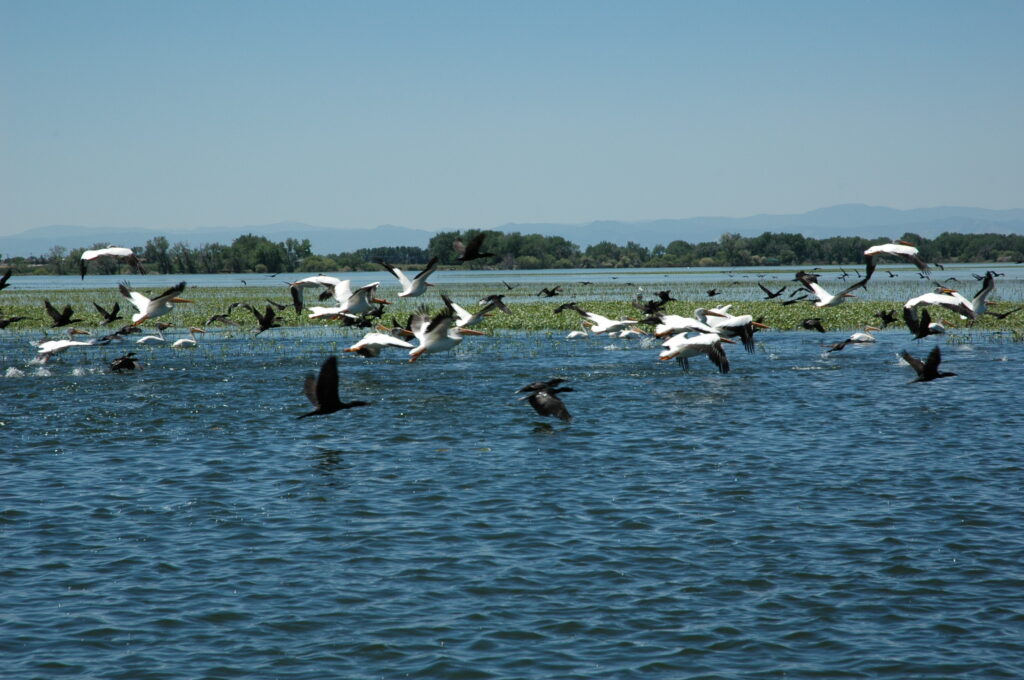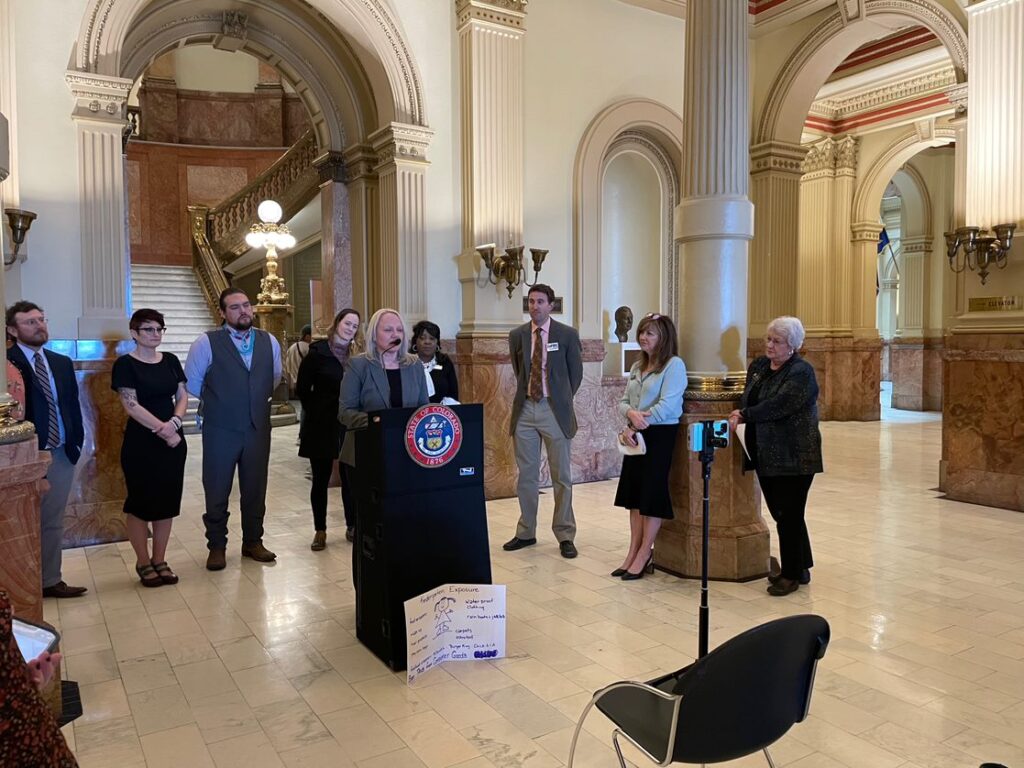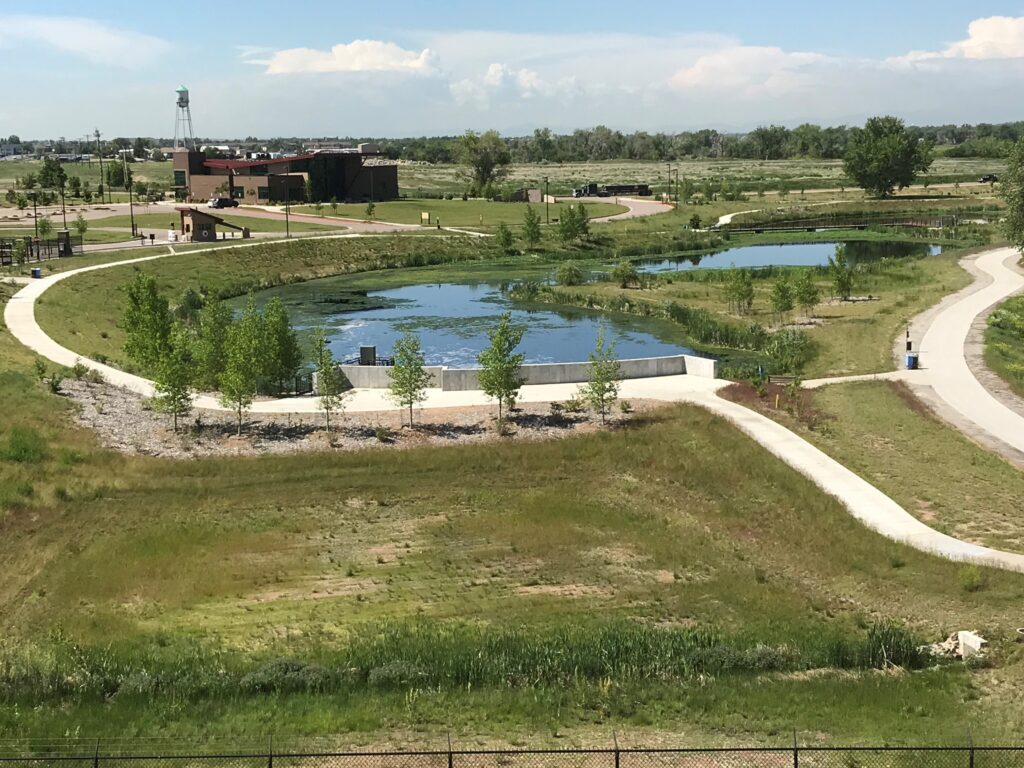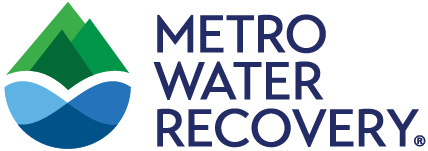It takes a village to keep our water clean and safe. Metro Water Recovery is dedicated to being a part of the solution, but we need your help.



What are PFAS?
The Challenge
How can you help?
Avoid or minimize the use of products that contain PFAS. Often these are products that are non-stick or stain resistant. Products that frequently contain PFAS include:

Carpets and Rugs

Cosmetics

Ski Wax

Cooking Pans

Paper Food Packaging
Infant Car Seats

Water Repellent Fabrics
Doing Our Part
Education

Metro Water Recovery is helping consumers make informed choices about products containing PFAS.
Advocacy

As an industry leader and committed stewards of the environment, Metro Water Recovery advocates for local, regional, and national regulations that control PFAS at the source.
Monitoring

Metro Water Recovery monitors and tests treated wastewater for PFAS levels established by the Colorado Department of Public Health and Environment (CDPHE).
Biosolids Monitoring Results
We monitor biosolids for PFAS levels established by the Colorado Department of Public Health and Environment. CDPHE is using PFOS (one of the 40 PFAS compounds analyzed) as an indicator compound.
The PFOS Trigger Level for Required Action is 50 μg/kg or greater. All of Metro’s results are below the trigger level.
PFAS RWHTF Effluent Monitoring Results (Monthly)
- December 2023
- November 2023
- October 2023
- September 2023
- August 2023
- July 2023
- June 2023
- May 2023
- April 2023
- March 2023
- February 2023
- January 2023
We will update the table as results are finalized. For context, one part per trillion is equivalent to a single drop of water in 20 Olympic-sized pools. Metro is meeting all permit requirements.
Click the links for each month to find more detailed sampling data.
2022 data can be requested using our Contact Form.
Frequently Asked Questions
Click on a question to see the answer.
PFAS are not byproducts of wastewater treatment but are present in the wastewater that leaves homes and businesses. PFAS enters wastewater when people wash, rinse or clean products containing the chemicals. The water then enters the sewer system.
The Centers for Disease Control and Prevention (CDC) cites research that suggests high levels of certain PFAS may have negative health impacts. Learn more about the health impacts of PFAS on CDC’s website.
Treatment technologies to remove PFAS from wastewater effluent exist, but they do not destroy PFAS molecules. The treatment moves the PFAS molecules into a different waste stream that still needs to be disposed of or treated further.
While Metro is asking the public to help reduce PFAS at the source before it enters the sanitary sewer, the responsibility to remove these substances from the water cycle should be placed on the producers and manufacturers that incorporate PFAS into their products.
Do your part to protect our rivers and lakes by making informed choices about products you use at home and in the workplace.
Publicly owned clean water utilities like Metro Water Recovery are passive receivers of PFAS chemicals. Metro does not produce, use, or manufacture PFAS but receives these chemicals through the wastewater that arrives at our treatment plants from homes and businesses.
Metro is educating the public and helping businesses and consumers make informed decisions, encouraging state leaders to act on PFAS legislation, and monitoring wastewater to help identify short and long-term solutions.
We will continue to work with industry partners to contribute to the scientific research of PFAS in wastewater and biosolids.
Biosolids are a form of fertilizer that have been produced through the traditional wastewater treatment process for decades. Metro will continue to work with research partners, CDPHE, EPA, and its METROGRO Farmers to ensure the continued safe application of biosolids.

